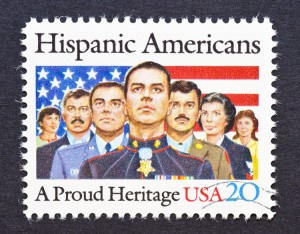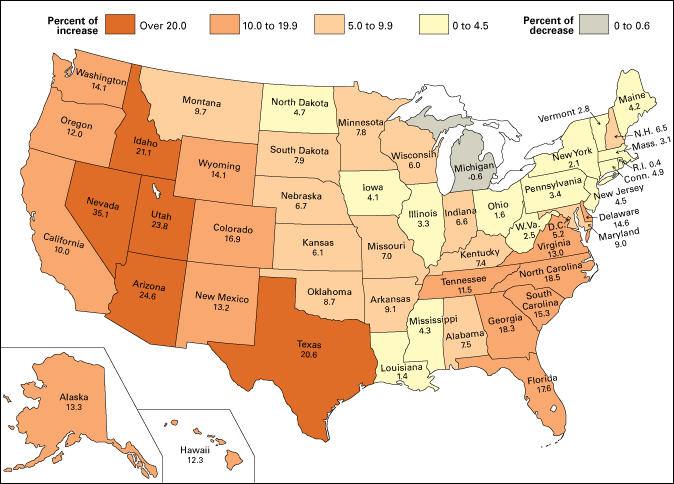Hispanic Heritage Month: Camila Cabello
Wednesday, October 11th, 2023
Camilla Cabello performs for her ‘Never Be The Same Tour’ live at The Fillmore Detroit on April 25, 2018.
Credit: © Brandon Nagy, Shutterstock
People in the United States observe National Hispanic Heritage Month each year from September 15 to October 15. During this period, many Latin American countries celebrate their independence. These countries include Cuba, Costa Rica, El Salvador, Guatemala, Honduras, Mexico, and Nicaragua.
The latest princess to go from rags to riches in Cinderella (2021) is the Cuban American singer and songwriter Camila Cabello. Cabello creates pop music influenced by her Cuban and Mexican heritage. Cabello became known while she was a part of the all-female pop group Fifth Harmony. She now writes and performs her own songs, often addressing the immigrant experience in the United States.
Karla Camila Cabello Estrabao was born March 3, 1997, in Havana, Cuba. Her mother was a Cuban architect and her father worked a number of jobs, including construction while living in Mexico City, Mexico. Cabello and her mother traveled back and forth between Cuba and Mexico before moving to Miami, Florida. Her father later immigrated to the United States to join them. Cabello was shy growing up. She surprised her parents when she asked to audition for the television reality music competition program “The X Factor” in 2012.
Cabello auditioned in Greensboro, North Carolina for “The X Factor” and was listed as an alternate. She asked for another audition and then made it to the next round, which was a pre-season boot camp (intensive training session). At the boot camp in Miami, producers of the show grouped her with four other contestants: (1) Ally Brooke Hernandez, (2) Dinah Jane Hansen, (3) Lauren Jauregui, and (4) Normani Kordei. Later in the season, they formed Fifth Harmony. The group placed third on the show and landed record deals with its creator, the British record executive Simon Cowell, and Epic Records.
Fifth Harmony released its first EP Better Together in 2013 and its first album Reflection in 2015. EP stands for extended play and is a type of musical recording that includes several songs but is not considered a full-length album. Fifth Harmony’s “All in My Head (Flex),” featuring the American rapper Fetty Wap, was voted the song of the summer at the 2016 MTV Video Music Awards. Outside the group, Cabello began working with other artists such as the Canadian singer and songwriter Shawn Mendes and the American rapper Machine Gun Kelly. In 2016, Fifth Harmony announced via Twitter that Cabello was no longer in the group.
Cabello’s first single as a solo artist, “Havana,” featuring the American rapper Young Thug, was released in 2017. The single held the number one spot on Billboard magazine’s “US Pop Singles” chart for seven weeks. Cabello headlined for Bruno Mars on his 24k Magic Tour in 2017 and Taylor Swift’s Reputation Stadium tour in 2018. Cabello released her first solo album, Camila, in 2018. It reached number one on the “Billboard 200” chart. She later released the album Romance in 2019.
Cabello won MTV’s video of the year award in 2018 for “Havana” and in 2019 for “Senorita,” with Shawn Mendes. She also won the MTV Europe Music Awards for best song and best video with “Havana.” She received a Grammy nomination in 2019 for best pop solo performance for “Havana” and best pop vocal album for Camila. She received a nomination for best pop duo/group performance for “Senorita.” In 2022, Cabello was a coach on the singing-competition television show “The Voice.”







